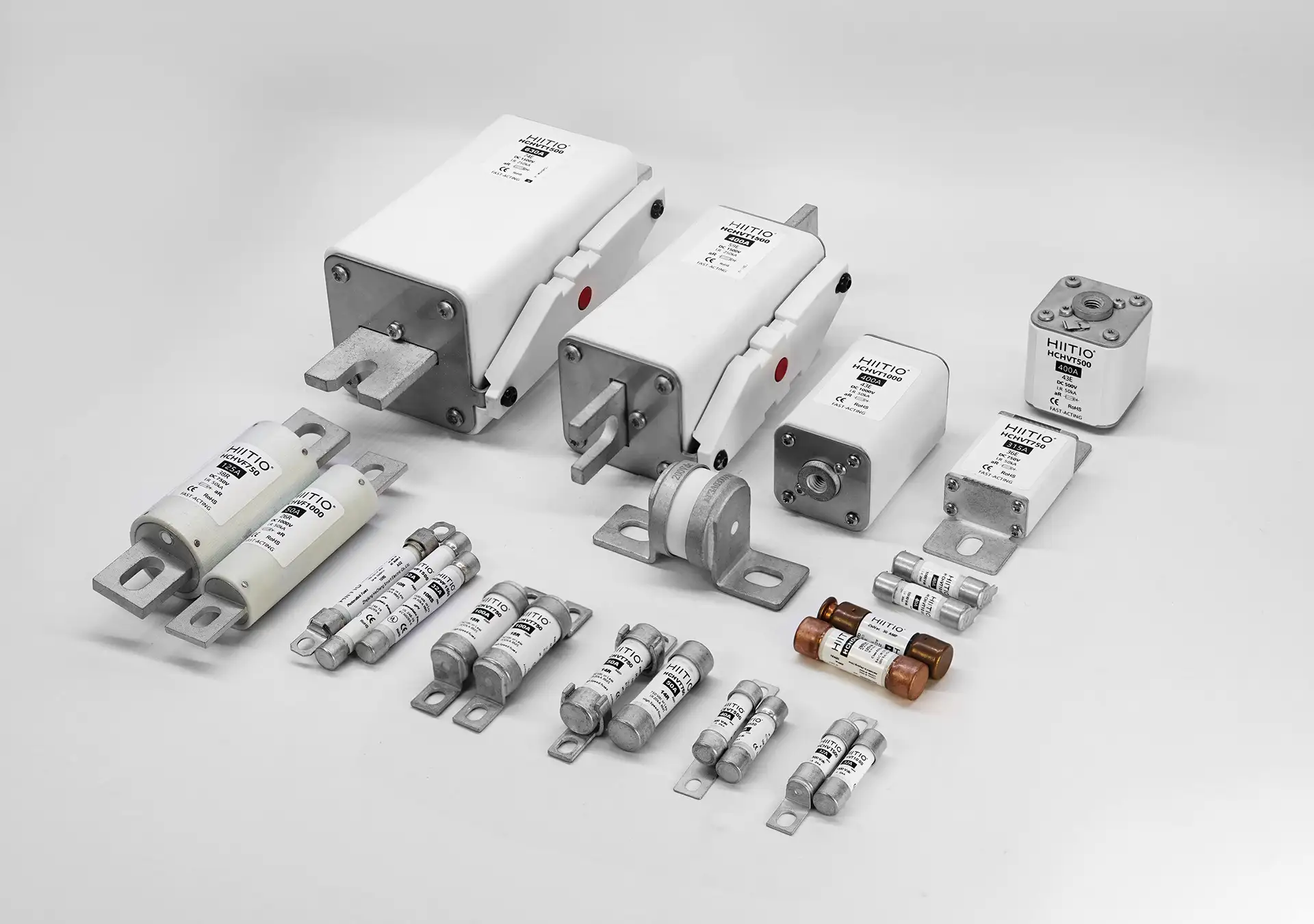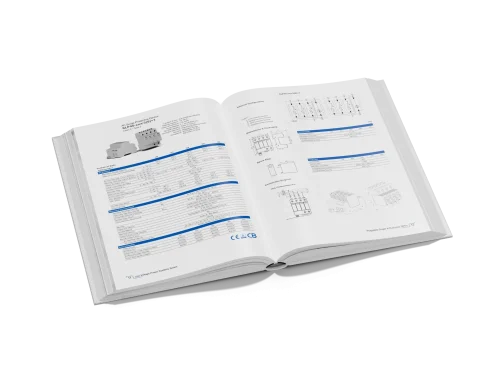In the field of modern power systems and industrial automation, fuses are core components of overcurrent protection, and their performance directly affects equipment safety and system reliability. There is common confusion between HRC fuses and semiconductor fuses, so this article will deeply analyze the design principles, performance parameters, and application logic of the two and provide engineers with a basis for selection.
Basic Definitions and Classification Standards
Semiconductor Fuse
Designed specifically for protecting power semiconductor devices (such as IGBTs, thyristors, and diodes), its core features include: ultra-high breaking capacity (usually over 100 kA), extremely fast action speed (μs-level response), and precise I²t (Joule integral) control. Applicable standards include IEC 60269-4 and UL 248-14.
High Breaking Capacity Fuse (HRC Fuse)
Designed mainly for short-circuit protection of power distribution systems and industrial equipment. Its core features include high breaking capacity (usually 10–100 kA), medium operating speed (ms level), emphasis on current limiting characteristics, and arc suppression capabilities. Applicable standards are IEC 60269-1/2, UL 248/CSA C22.2.
Key difference: Semiconductor fuses are a subclass of HRC fuses, but are specially optimized for semiconductor protection. The two are in a “special and general” relationship.
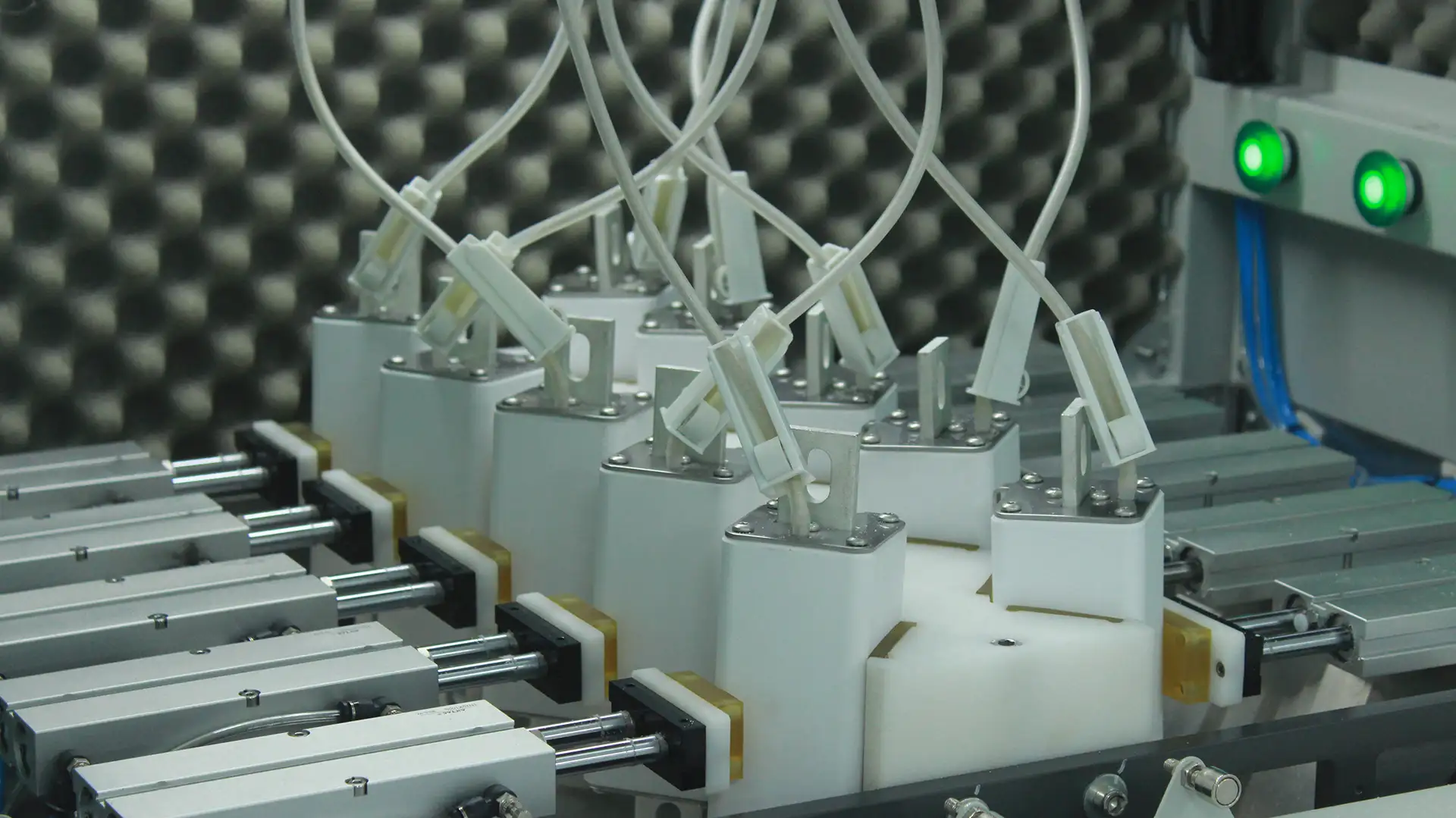
EXPLORE MORE HIITIO SEMICONDUCTOR FUSE
Core Performance Parameter Comparison
Breaking Capacity
Semiconductor Fuse:
The breaking capacity varies according to different application scenarios and product designs, and is generally between thousands of amperes and tens of thousands of amperes. It is mainly used for overcurrent protection of the circuit where the semiconductor device is located. It does not need to have an excessively high breaking capacity, but focuses more on quickly cutting off small to medium-sized overcurrents.
HRC Fuse:
It has an extremely high breaking capacity and can cut off short-circuit currents of up to tens of kiloamperes or even higher. This makes it play an important role in industrial power systems, high-voltage power transmission, and other fields.
| Type | Typical Breaking Capacity Range | Design Focus |
|---|---|---|
| Semiconductor Fuse | 50–200 kA | Coping with explosive energy from semiconductor short circuits |
| HRC Fuse | 10–100 kA | General power distribution system short circuit protection |
Note: Semiconductor devices release a lot of energy when they are short-circuited, so semiconductor fuses need a higher breaking rating.
You may also want to read:
What Are High Rupturing Capacity (HRC) Fuses
Top 10 Semiconductor Fuse Manufacturers Updated in 2025
Exploring the Applications of Semiconductor Fuses
Overload Withstand Capacity
Semiconductor Fuse:
The overload tolerance is weak, and once the current exceeds a certain range of its rated value, it will quickly fuse. This is to protect extremely sensitive semiconductor devices from being damaged by long-term operation under overload conditions.
HRC Fuse:
They exhibit controlled overload withstand capacity. They maintain uninterrupted operation for specified durations under moderate overload currents (typically ≤150% rated current) without immediate tripping.
Operating Time Characteristics and I²t Performance
| Parameter | Semiconductor Fuses | HRC Fuses |
|---|---|---|
| Total Clearing Time | < 1 ms (at 10×Iₙ) | 1–20 ms |
| I²t Value | Ultra-low & tightly controlled | Higher, with tolerance |
Technical significance:
The I²t withstand capability of semiconductors (e.g., IGBTs) is critically low (~10³ A²s). Fuses must interrupt the circuit before the semiconductor reaches its destruction limit.
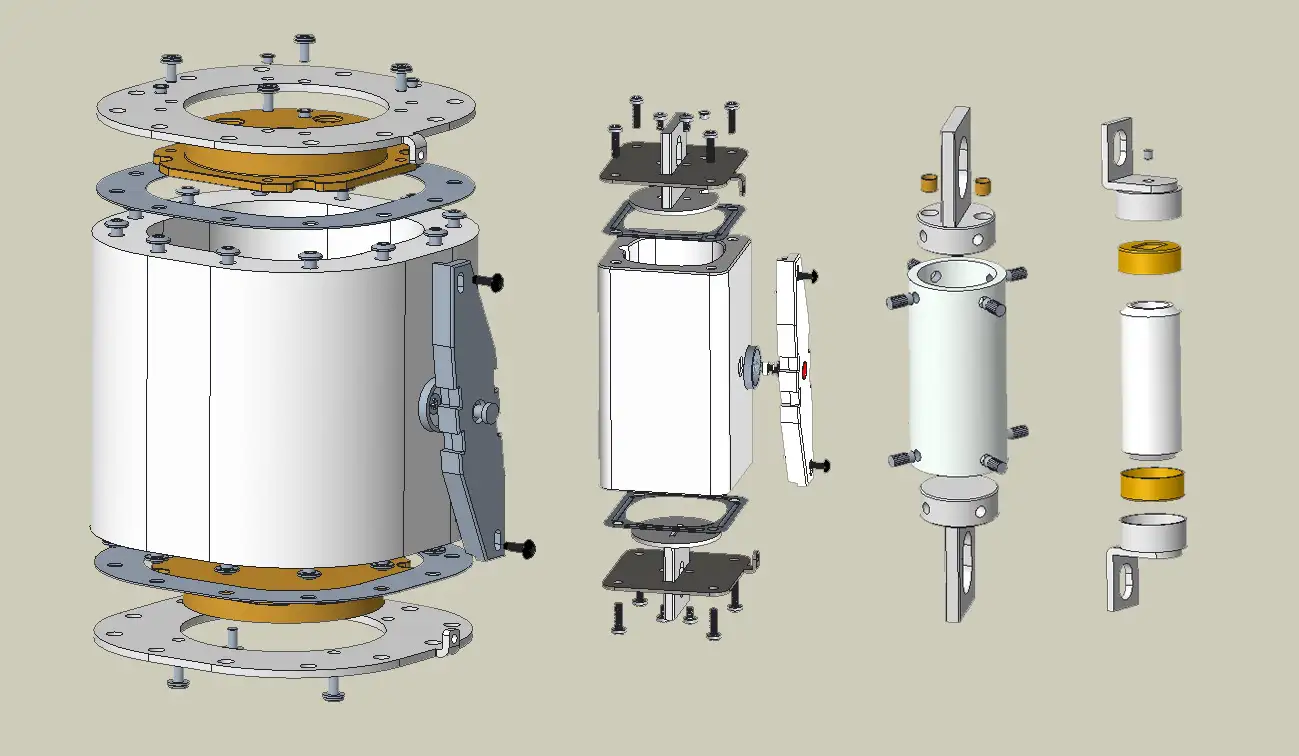
Differences in Structure and Materials
Unique Design of Semiconductor Fuse
- Fuse Element Material & Design: Silver or silver alloy with narrow necking points and parallel arc-forming paths.
- Groove or Hole Design: Precisely etched to control fusing points and optimize current-limiting effect.
- Thinner Melt: Smaller heat capacity for faster response.
- Parallel Design: Fine-grained melts in parallel for fast-fusing characteristics.
- Arc-Extinguishing Medium: High-purity quartz sand with strict specifications.
- Enclosure Structure: Ceramic tube and stainless steel end caps offering insulation and high-pressure resistance.
General Structure of HRC Fuse
- Melt: Silver or copper alloy with “neck-down” and complex arc-extinguishing structures.
- Arc-Extinguishing System: Quartz sand or ceramic powder for fast arc extinction.
- Enclosure: High-strength ceramic or glass-fiber-reinforced plastic.
Core difference: Semiconductor fuses utilize energy density balancing design to avoid localized overheating and ensure I²t consistency.
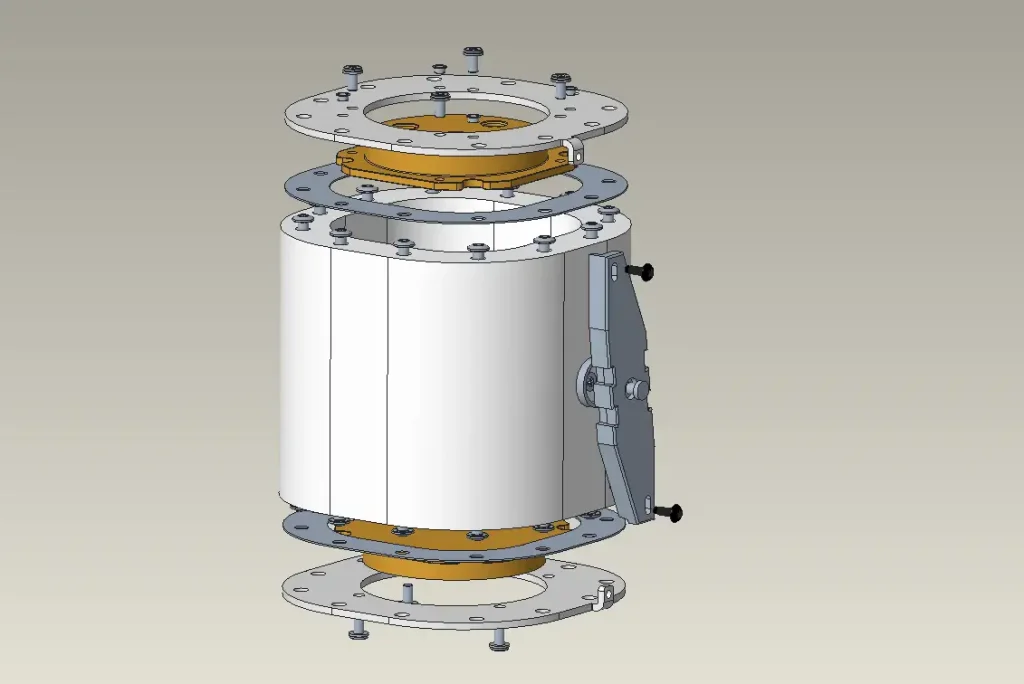
Comparison of Application Scenarios
Semiconductor Fuse
- Power Electronic Equipment: Frequency converters, inverters, rectifiers, etc.
- Electronic Equipment: Computer motherboards, chargers, switching power supplies.
HRC Fuse
- Industrial Power Distribution: Transformers, distribution cabinets, and motors in industrial sites.
- Power Transmission and Distribution: High-voltage lines, substations, circuit breakers.
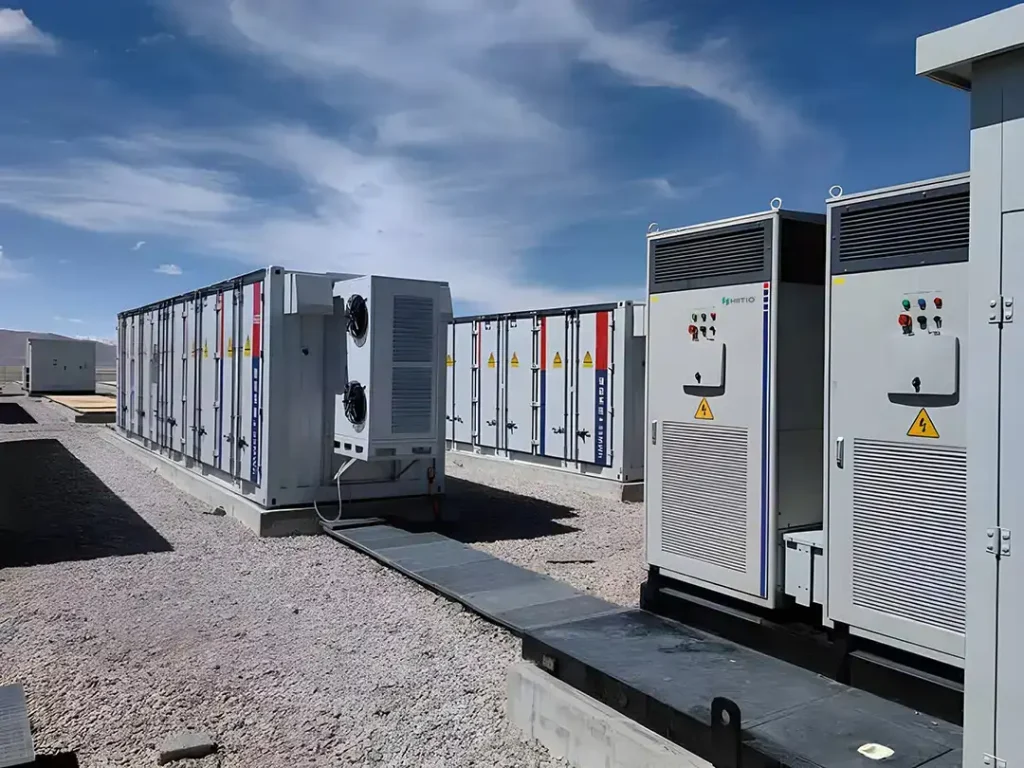
Selection Pitfalls and Key Considerations
Common Mistakes
- Mistake 1: Using an HRC fuse to protect an IGBT
→ Result: The fuse does not operate even after the semiconductor is damaged. - Mistake 2: Selecting based solely on rated current
→ Consequence: Ignoring I²t matching leads to protection failure.
Key Selection Parameters
| Parameter Type | Semiconductor Fuses | HRC Fuses |
|---|---|---|
| Critical Parameters | I²t, di/dt withstand (A/μs), I_c | Breaking Capacity (I_c) |
| Secondary Parameters | Voltage drop, Dimensions | Time-Current Characteristic |
Standards and Certification System
| Category | Semiconductor Fuses | HRC Fuses |
|---|---|---|
| International | IEC 60269-4 | IEC 60269-1/2 |
| North American | UL 248-14 | UL 248-1 |
| Key Tests | I²t Consistency | Breaking Capacity |
Summary
Semiconductor fuses represent the cutting-edge evolution of HRC fuses in power electronics protection, addressing the “microsecond-level time window” challenge for power semiconductor safeguarding through ultra-fast operation, precise let-through I²t, and ultra-high di/dt withstand capability. Engineers must abandon the “one-size-fits-all fuse” mindset during selection and strictly align technical approaches with the protected device’s characteristics. Acting as a “precision guardian” for sophisticated power electronics, semiconductor fuses leverage lightning-fast response and exact energy control to execute protection missions milliseconds before catastrophic damage occurs.
HIITIO semiconductor fuses are engineered for high-speed protection in power electronics and industrial systems, ensuring precise circuit interruption and thermal stability. Whether you require ultra-fast semiconductor fuses for sensitive devices or HRC fuses for high fault current protection, our products meet global standards and provide consistent, long-term performance.

